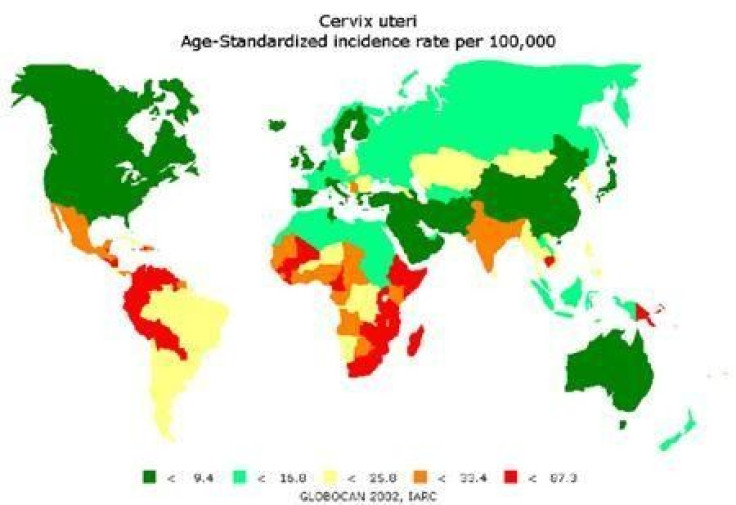British Scientists Make More Powerful Vaccine For HPV Designed To Prevent Cervical, Vulvar, Vaginal & Anal Cancers

Scientists have released a new and more powerful vaccine that targets the human papilloma virus (HPV) as protection for nine strains of virus, seven of it are the causes of most cases of cervical cancer.
In contrast, Gardasil, the current vaccine, offers protection for only two types of HPV that causes cancer, reports Daily Mail. Gardasil 9 is 97 percent effective in providing protection against high-grade cervical, vulvar and vaginal ailments caused by five types of HPV, according to scientists at Queen Mary University in London.
During the trial stage, the researchers gave the vaccine to over 14,200 women aged 16 to 26.
With its improved protection, said Jack Cuzick, co-author of the study published in the New England Journal of Medicine, it would mean less screening needed for women since they have more protection from the start.
With its increase in overall cervical cancer prevention to 90 percent from 70 percent, Gardasil 9 would virtually eliminate cervical cancer among vaccinated females, said Cuzick, also a professor at Queen Mary University.
But he stressed that vaccination must be prior to exposure to HPV, which means the focus of vaccination efforts must be girls aged 12 to 13, although women aged 25 to 45 could also use it.
Shape reports that the U.S. Food and Drug Administration approved Gardasil 9 in December, which means it should be available in pharmacies this February 2015.
To contact the writer, email: v.hernandez@ibtimes.com.au






